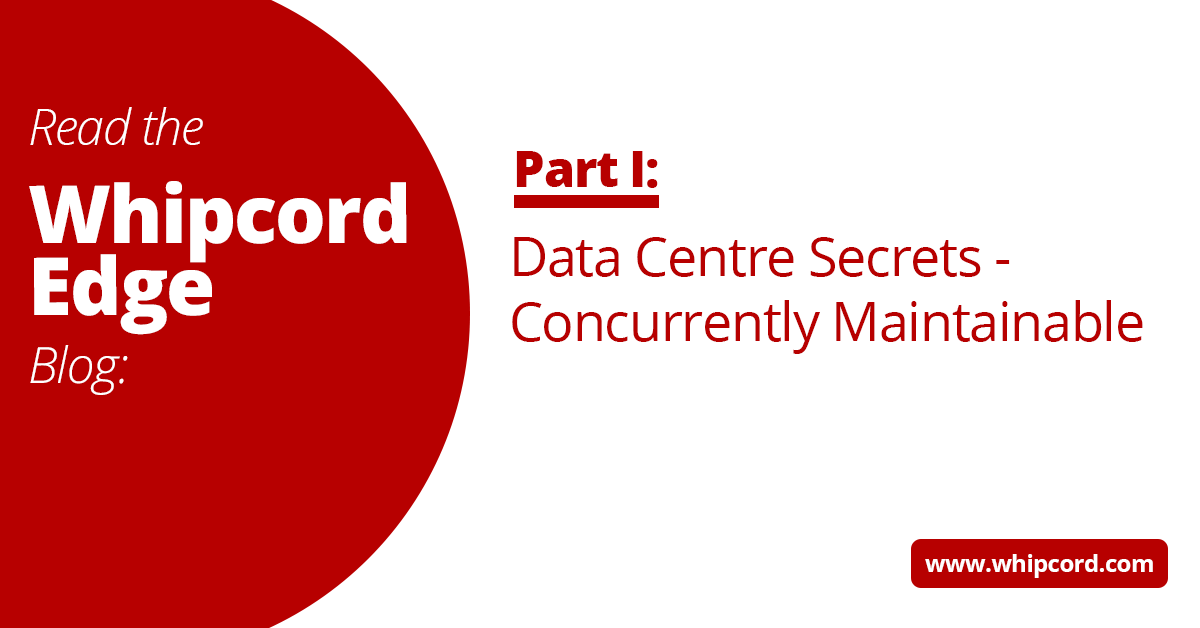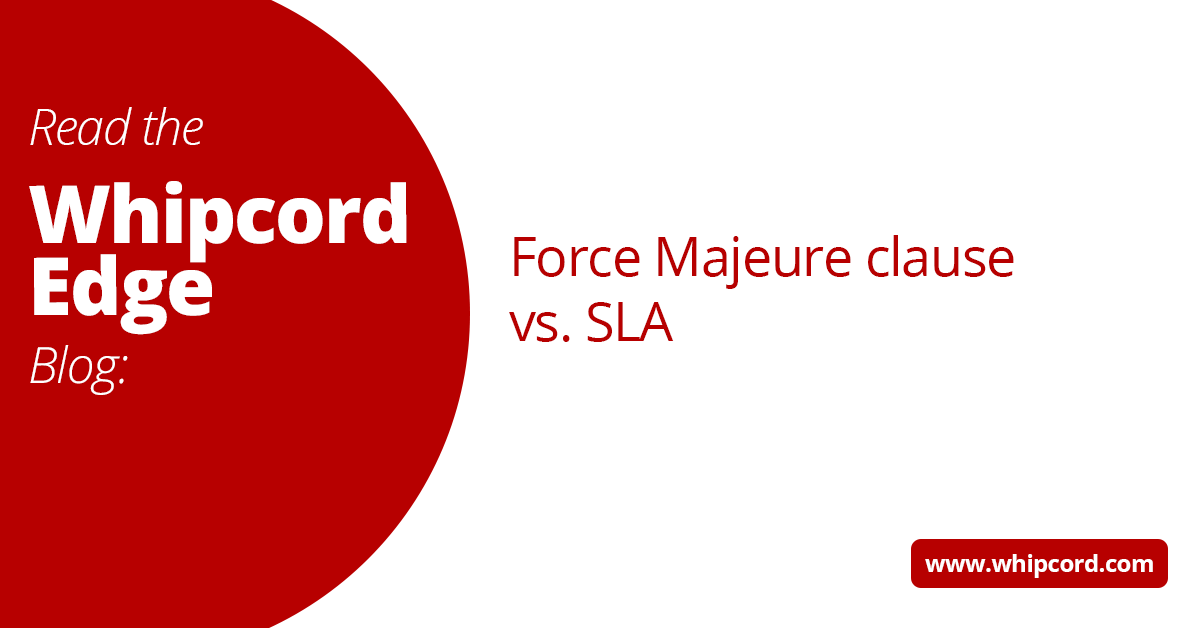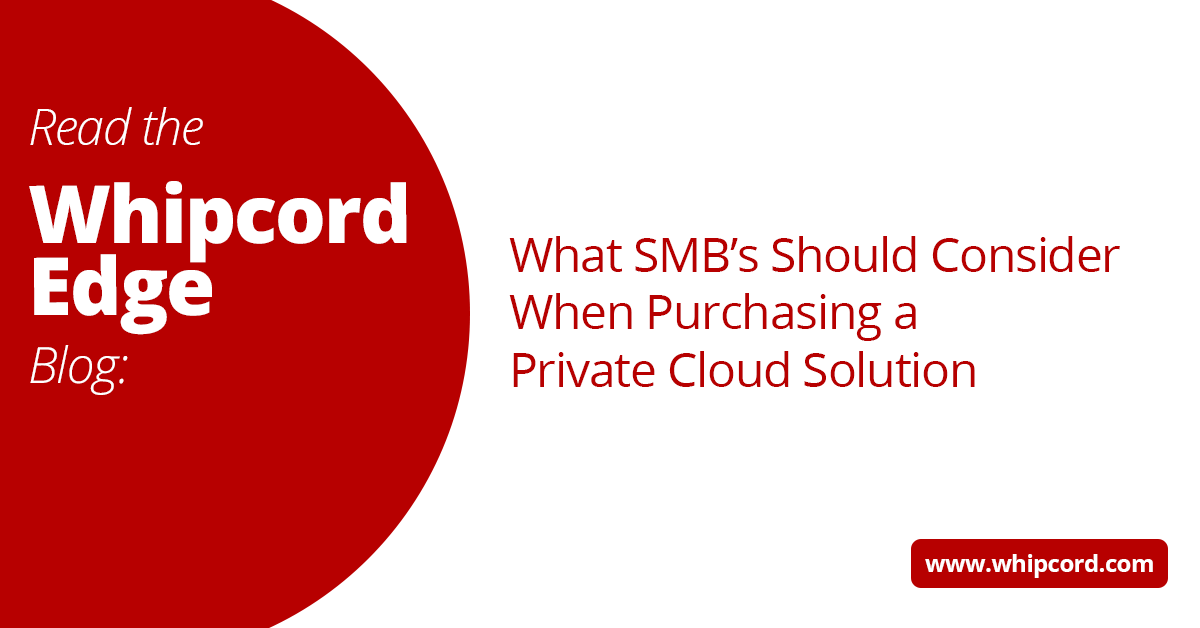This is the first in a series of blog posts focused on “consumers” of data centre services. Our goal is to provide some visibility into the “provider” side of the data centre business.
If you look through our website, and potentially that of other data centre providers, you might run across the term “Concurrently Maintainable”. We thought it might be useful to provide a quick note on what that actually means. While the term may have actually been coined by BRUNS-PAK, it prominently appears under the Uptime Institute where it describes their Tier III data centre classification. Uptime has a four tier system where the “best” data centres are Tier IV and the “worst” Tier I. As a point of interest, there is only ONE Tier IV data centre in Ontario and it belongs to the Provincial government
In the Uptime Institute’s “Uptime Topology Whitepaper“, a concurrently available data centre has redundant capacity components and multiple independent distribution paths serving the computer equipment. What does that mean in layman’s terms? Well, if the critical functions of a data centre are to provide secure POWER, COOLING and CONNECTIVITY, which tends to mean:
- POWER – At minimum a Generator, an Uninterruptable Power System (UPS) and Power Distribution
- COOLING – typically large A/C Units, Heat Exchangers/Condensers, Pump and Cooling Distribution
- CONNECTIVITY – Fibre to the data centre, Upstream provider, Router, Switch and Distribution
One Data Center Secret is that providers often focus on network and power resilience and tend to forget about COOLING. For concurrent maintainability, you need to be able to shut down one complete cooling system and each component within while still supporting customer demands. If you are interested in seeing how we have constructed that, we’d be happy to provide a tour. To achieve concurrently maintainable systems, it would simply mean having TWO of each component within each category so you can maintain or fix a complete system without impacting customers. As an example, at Whipcord Edge, we have a minimum of TWO active UPS systems and TWO power distribution paths supported by standby generator.
We’ve touched upon a few other definitions in this post that are very important for data centre operations. These are MAINTENANCE and CAPACITY which will explore in a future post.
-1.png?width=1092&height=792&name=logo%20(1092x792)-1.png)
%20copy(black%20letters).png?width=1092&height=792&name=logo%20(1092x792)%20copy(black%20letters).png)




.png?width=100&height=91&name=white%20logo%20(100x91).png)